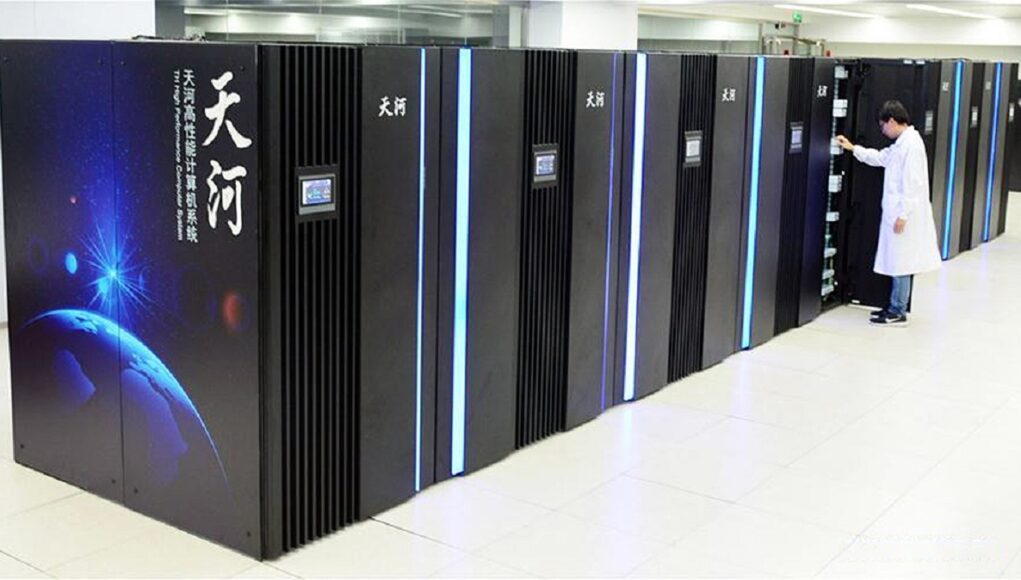Beijing, China — In a move that could reshape the global supercomputing landscape, China has unveiled a formidable new player in high-performance computing (HPC), born from the merger of two key domestic technology companies—Hygon and Sugon.
The fusion not only consolidates China’s ambitions in processor design and server manufacturing but also creates an entity capable of building supercomputers that may rival the best in the world.
This dramatic development has roots that trace back to 2016, when U.S. chipmaker AMD entered a landmark licensing agreement with Tianjin Haiguang Advanced Technology Investment Co., better known as Hygon.
Under this deal, AMD shared its first-generation Zen CPU design and x86-64 architecture—technologies central to the modern computing world. The agreement was aimed at enabling China to develop its own server-grade System-on-Chips (SoCs) for the domestic market.
The Rise of Hygon and the Dhyana Line
In the years that followed, Hygon leveraged AMD’s intellectual property to produce a range of CPUs under the Dhyana brand. While not revolutionary by global standards, these chips were a step forward in China’s efforts to reduce dependence on foreign technology, aligning with national policies that prioritize self-reliance in critical tech sectors.
The Linux community even integrated support for Dhyana processors into its kernel, and Chinese tech giants like Tencent adopted the chips in select server deployments.
Sugon’s Supercomputing Legacy
Enter Sugon—also known as Dawning Information Industry Company Limited—a major Chinese player in the server and supercomputing arena. Sugon used Hygon’s Dhyana CPUs in various computing systems, including a high-performance machine that briefly held the 38th spot on the prestigious Top500 list of the world’s most powerful supercomputers.
Notably, Sugon was Hygon’s largest shareholder, and on Monday, the two firms announced a strategic stock-swap merger. The integration is set to form a vertically aligned enterprise that designs and builds both CPUs and the high-performance systems that use them—an increasingly desirable model in today’s data-driven era.

The Birth of a Supercomputing Powerhouse
With this merger, China now possesses a unified server-and-chip manufacturing entity that could dramatically accelerate its supercomputing capabilities. The timing is notable: recent reports from Chinese media suggest that Hygon is preparing to launch a 128-core CPU capable of executing 512 threads—a staggering four threads per core, surpassing current offerings from U.S. chip giants AMD and Intel, both of which typically top out at two threads per core using Simultaneous Multithreading (SMT).
While AMD and Intel have flirted with the concept of SMT4 (four threads per core), such architectures have yet to reach the commercial market. If Hygon delivers on this innovation, it could signify a leap in parallel processing power, particularly valuable in artificial intelligence, big data analytics, and defense applications.
Global Implications and National Security Concerns
Despite the technological prowess behind this merger, international reception is likely to be divided. Both Hygon and Sugon are already on the U.S. Bureau of Industry and Security’s Entity List, which includes companies deemed to be acting against U.S. national security or foreign policy interests. Their inclusion places heavy restrictions on American firms seeking to do business with them.
The merger could further intensify geopolitical tensions surrounding technology and national security. Analysts believe it may be part of China’s broader strategy to build a self-sufficient tech ecosystem capable of powering its aspirations in artificial intelligence, surveillance, and military modernization.
Shifting Paradigms in Processor and System Design
This merger mirrors a broader industry trend where leading tech players aim to control both the silicon and the systems. Amazon Web Services (AWS), Microsoft, and Google have all invested in developing proprietary chips tailored to their cloud infrastructure needs. Chinese tech titans Alibaba and Huawei have followed suit.
Now, with the Hygon-Sugon merger, China joins that elite circle with its own end-to-end computing stack. The newly formed entity will likely be a magnet for domestic demand, particularly from state-backed institutions, research facilities, and military projects.
The Road Ahead
Whether this new Chinese supercomputing titan will challenge Western dominance in HPC remains to be seen. However, the merger underscores an undeniable reality: China is rapidly scaling its technological capabilities and is prepared to make bold moves to achieve digital sovereignty. With a powerful x86-compatible CPU in the pipeline and full-stack integration at its fingertips, the world will be watching closely as this new computing giant takes shape.












